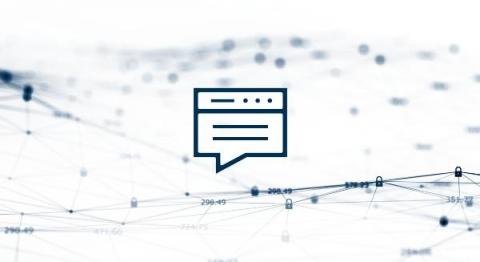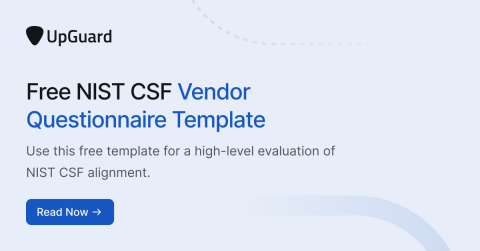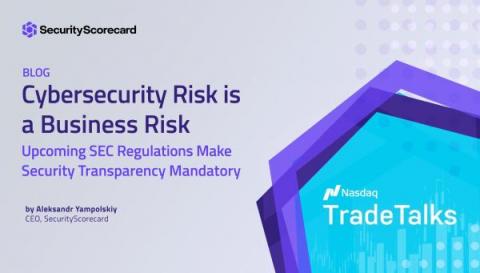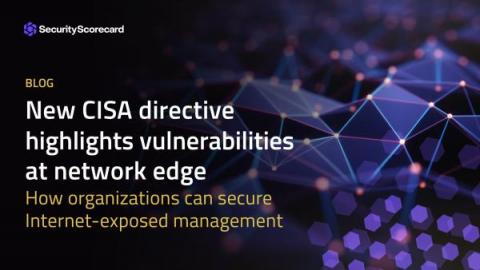Security | Threat Detection | Cyberattacks | DevSecOps | Compliance
Risk Management
How SMBs Can Build an Effective Risk Management Plan
SecurityScorecard's Cyber Resilience Services
With the average cost of a data breach now at $4.35 million, organizations need to take proactive measures to protect themselves and their data against cyber threats. Having a plan in place for how to respond to cyber incidents is an important step in increasing cyber resilience, protecting sensitive data, and saving money. But where should an organization start? And who should it trust?
Fighting Together: TSA, Critical Infrastructure, and Cyber Risk Management
Following the ransomware attack on a US pipeline company in May of 2021, the Transportation Security Administration (TSA) issued a series of security directives to enhance the cybersecurity posture of US transportation systems to mitigate cyber threats.
Free NIST CSF Vendor Questionnaire Template
Fortinet Fortigate Vulnerability CVE-2023-27997: How to Surface Exposed Devices and Mitigate the Threat
Recently, a critical vulnerability tracked as CVE-2023-27997 was identified in Fortinet Fortigate appliances. Fortinet makes some of the most popular firewall and VPN devices on the market, which makes them an attractive target for threat actors. This vulnerability has been exploited by the Chinese APT group Volt Typhoon, among others, targeting governments and organizations worldwide. As a result, Fortinet has released an urgent patch for affected systems.
Cybersecurity KPIs to Track + Examples
Cybersecurity Risk is a Business Risk: Upcoming SEC Regulations Make Security Transparency Mandatory
The upcoming cybersecurity regulations from the U.S. Securities and Exchange Commission (SEC) deliver a clear message: Cyber risk is a business risk. Slated to be finalized this fall, the regulations will directly link financial performance to cybersecurity through required public disclosures. If a company is hacked, it can affect the stock price, the market capitalization, and customer trust. That is why the SEC is paying attention and has proposed these vital regulations.
The key to 21 CFR Part 11 Compliance
21 CFR Part 11 is a set of regulations issued by the U.S. Food and Drug Administration (FDA) that establishes the criteria under which electronic records and signatures are considered trustworthy, reliable, and equivalent to paper records. In order to sell products in the United States, companies must demonstrate that their systems meet the standards set forth in Part 11. This can be a daunting task, as the requirements are numerous and detailed.
New CISA Directive Highlights Vulnerabilities at Network Edge
After a wave of zero-day attacks targeting widely used security and networking appliances, the Cybersecurity & Infrastructure Security Agency (CISA) is taking new measures to protect Internet-exposed networking equipment.











